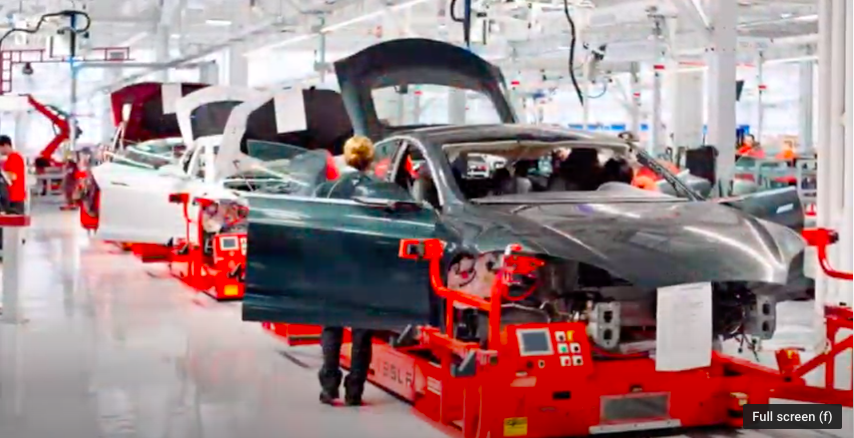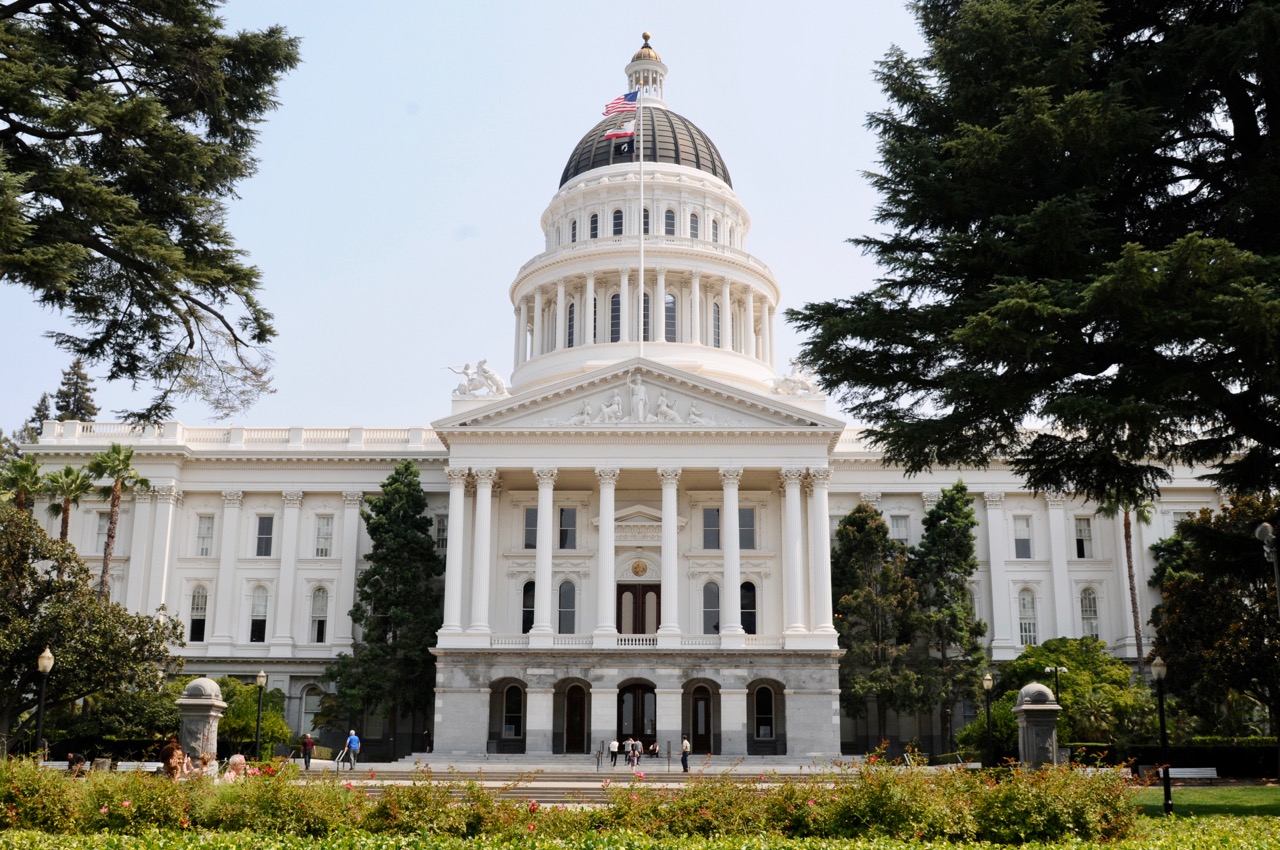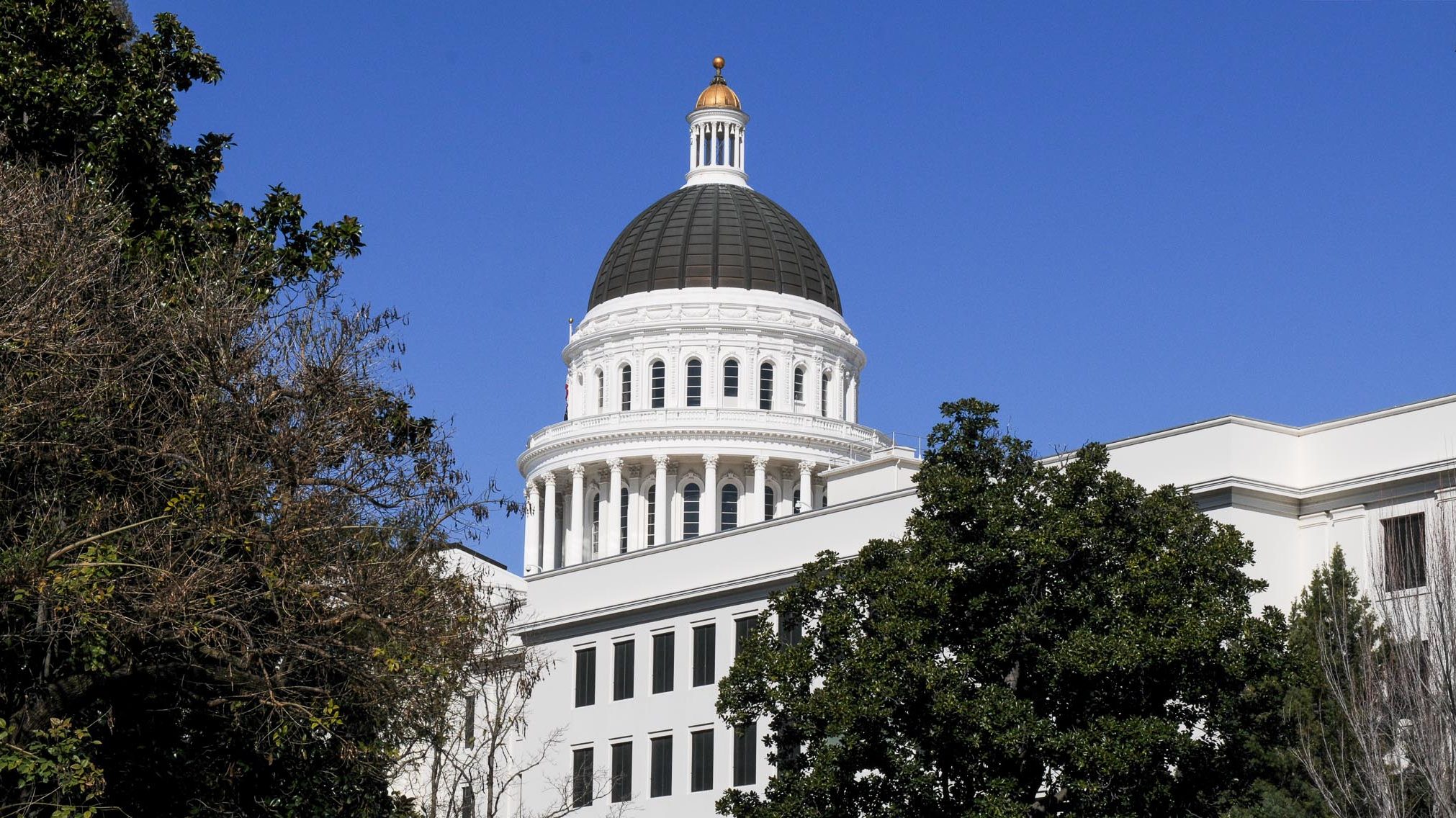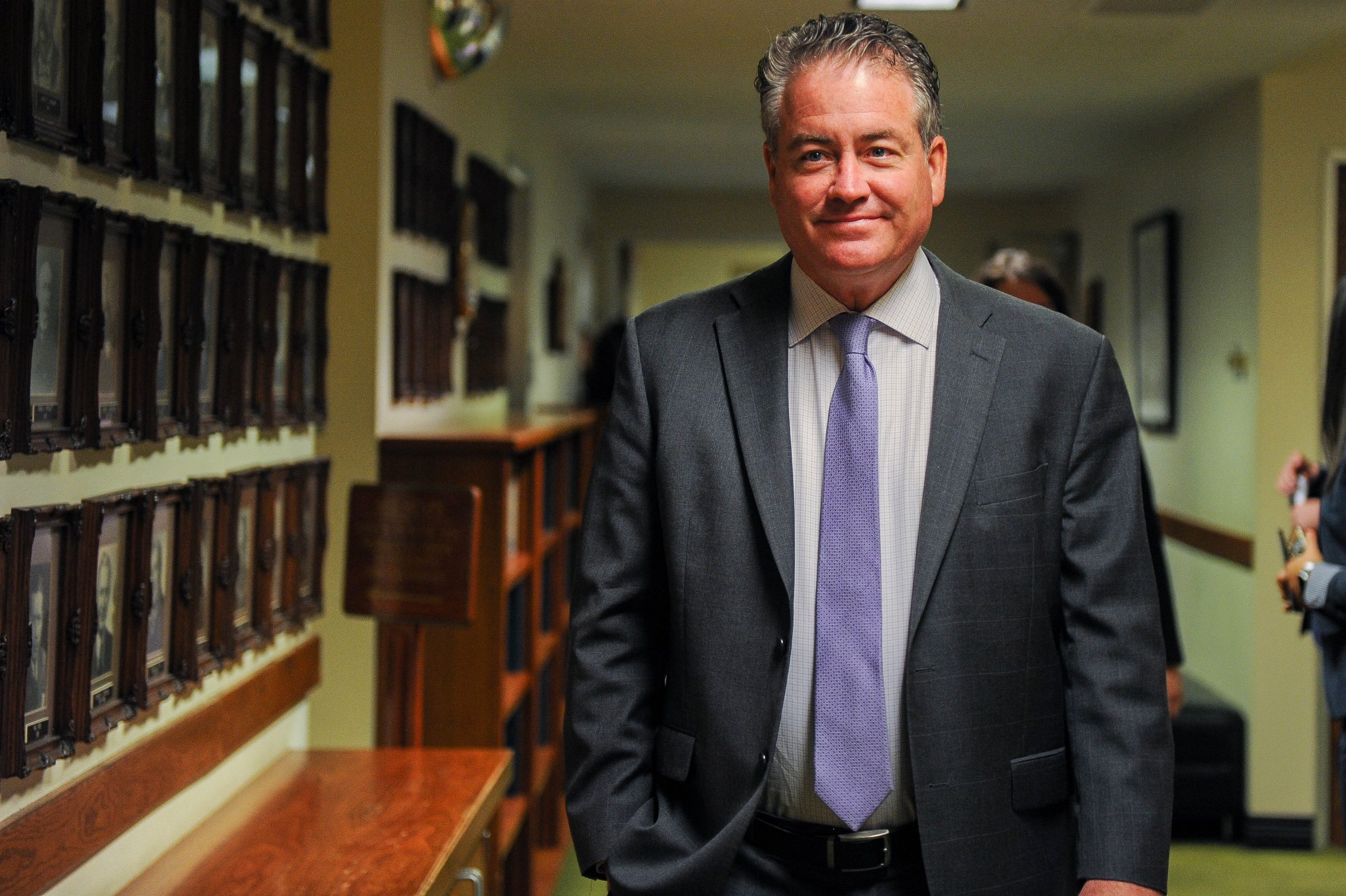
Tesla assembly plant. (Photo: youtube)
Tesla Energy-tight Assembly Plant Hit with 130 Second Wave Coronavirus Cases
Coronavirus spreads by A/C in state mandated energy-tight buildings; not from shunning masks
By Wayne Lusvardi, July 28, 2020 7:04 am
As the Tesla electric car assembly plant in Fremont, California has recently been hit with 130 reported second wave cases of Coronavirus, Tesla is moving some of its assembly operations into a metallic tent (see photo above). The tent has open air windows at the roof ridge line and lets natural virus-killing ultraviolet light into the auto assembly line. 130 virus cases would reflect 1.3 percent of Tesla’s 10,000 employees at the Fremont Plant.
This tent design mimics older saw tooth type industrial building roofs that, incidentally, were pioneered in Berkeley, California in 1913. But the new tent building design appears potentially not compliant with California’s Title 24 Building Code Energy Efficiency Standards that mandate air tight buildings and only about 20 percent exchange of fresh air per hour.
Title 24 Building Energy Efficiency Standards came into being during the worldwide 1973 Energy Crisis reportedly resulting from the OPEC (Organization of Oil Exporting Countries) oil cartel in the Middle East. At that time, the U.S. was facing a different kind of emergency of tight oil supplies, higher gas prices, long waiting lines at gas stations and gasoline rationing.
Air Conditioning and Coronavirus
Energy-tight buildings are becoming a hot media issue as to whether air conditioning makes viruses more contagious. Edward Nardell, a professor at Harvard Medical School, believes that hot summer temperatures drive people back indoors just as cold does in the winter, resulting in the second wave spread of virus. Nardell asserts that states which rely on air conditioning have higher rates of second wave virus contagion. Moreover, Nardell states that using 100-year old technology of anti-germ ultraviolet lights is many more times effective in reducing tuberculosis compared to air conditioning systems.
When California adopted Title 24 building energy standards in 1975 there was an epidemic of “sick building syndrome.” In 1981 the state opened the new Bateson Building in Sacramento as a model for energy conservation measures. It took only a year before the building was the subject of a $500,000 class action suit on behalf of 1,200 state workers claiming illnesses caused by the tight building. Alice Ottoboni, PhD, staff toxicologist with the California Department of Public Health for 20 years, aptly summed up the situation in her book The Dose Makes the Poison: “Fuel is saved, but people are made ill.”
In 1976, 29 members of the American Legion who attended a convention at the Bellevue Stratford Hotel in Philadelphia died of a form of pneumonia that was later dubbed “Legionnaire’s Disease.” Following Louis Pasteur’s germ theory, the cause of Legionnaires Disease was believed to be a bacterium in air conditioning systems. But Florence Nightingale’s environmental theory resulted in designing well-ventilated hospitals with natural sunlight. Both theories ignore that the human body has billions of viruses and germs and a compromised immune system can kill. As Legionnaire’s disease is not contagious, victims may have compromised their immune systems by heavy alcohol consumption, smoking, medications, chemotherapy as well as their age when exposed to trapped air in hospitals, nursing homes, hotels and cruise ships.
According to scientist Deni Rancourt, PhD, Coronavirus is spread mainly by energy-tight buildings rather than by not wearing masks, not washing hands, not cleaning counter tops or by touching towels, utensils and clothing, as we are being ordered to do by Gov. Newsom and county public health departments. Rancourt states:
“It’s not about droplets, it’s not about spitballs, it’s not about surfaces and fomites and all that kind of stuff. That has nothing to do with it. It’s all about buildings….”
Older commercial buildings were designed to allow open windows, cross ventilation and walled-off offices, oftentimes with window air conditioners. In order to retain heat or cooled air, newer buildings have sealed internal environments, central air conditioning systems, and large open floor plates with half-wall modular furniture permitting a wide variety of toxic agents to circulate in the air. Energy-tight buildings spread respiratory diseases. As the saying goes: “the solution to pollution is dilution.”
Building Energy Efficiency as Untouchable Turf
The California Legislative Analyst’s Office (LAO) released a study in 2012 reporting that the state had more than a dozen energy efficiency programs costing over $15 billion in a 10-year span funded by higher utility rates. The LAO found that these programs were not meeting their goals but were protecting their bureaucratic turf and fiefdoms. Building energy conservation is often used to proclaim the environmental successes of politicians without mentioning the downside to public health.
It is curious how the public puts up with increased sick days from influenzas and mysterious “sick building” epidemics due to working in tight office and government buildings but is outraged when a healthy person does not wear a mask, which offers little protection. Don’t look for healthy buildings to replace sick buildings any time soon in California given how entrenched energy conservation programs are.
- Peter Gleick’s National Water Plan for California - October 12, 2020
- Court Opens Up Big Prop.13 Loophole for ‘Public Franchise Fees’ - October 2, 2020
- New Cal Grid CEO is Ex-Enron Green Power Trader - September 29, 2020





Very glad to see this article about state-mandated energy tight buildings and ‘sick building syndrome’ to counter the COVID lies that are coming thicker and faster with each day that passes and whose only purpose is to feed a politically-motivated hysteria. Another example of how the people who claim to want to “help” you are the ones who caused the problem in the first place. Thank you.
Tesla Energy-tight Assembly Plant Hit with 130 Second Wave Coronavirus Cases” means that one of Tesla’s factories—most likely focused on energy-efficient production—has reported 130 new COVID-19 cases during a second wave of the virus. This suggests that even though some safety measures may have been in place, the virus still spread among workers, raising concerns about health and safety protocols at the plant.